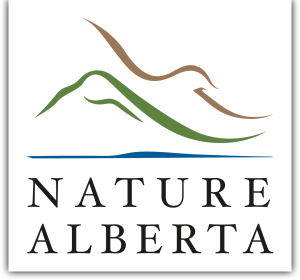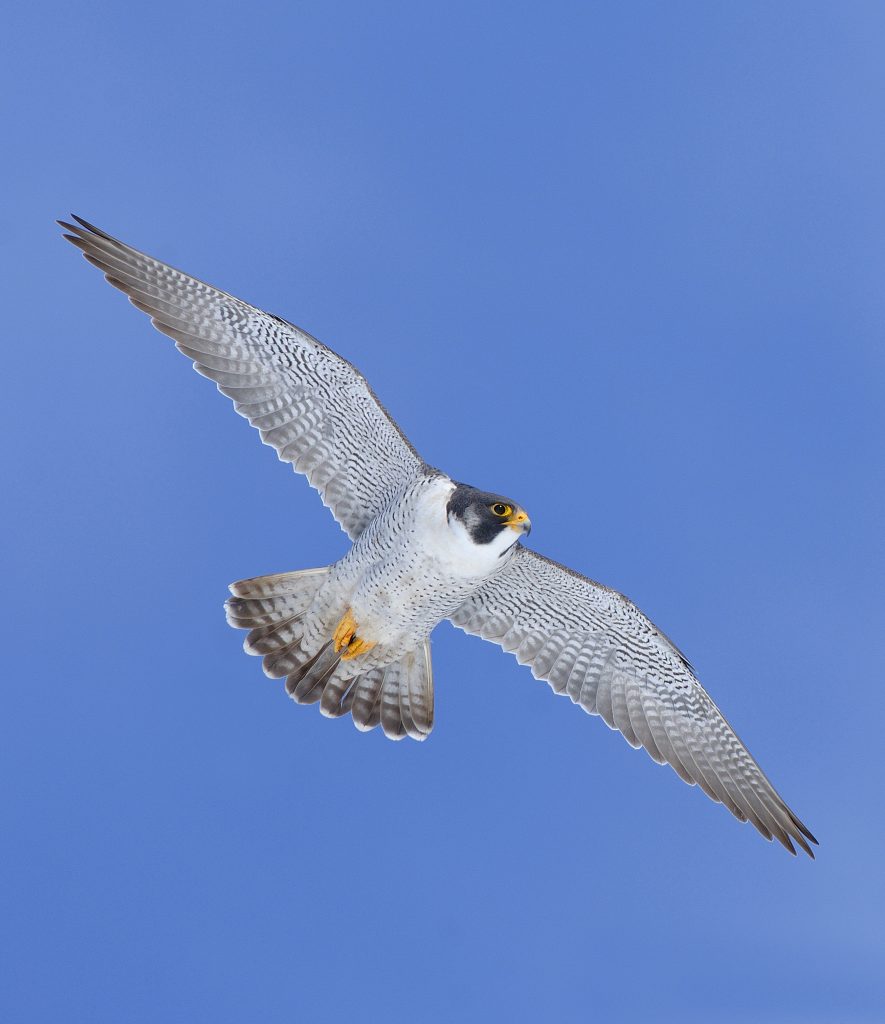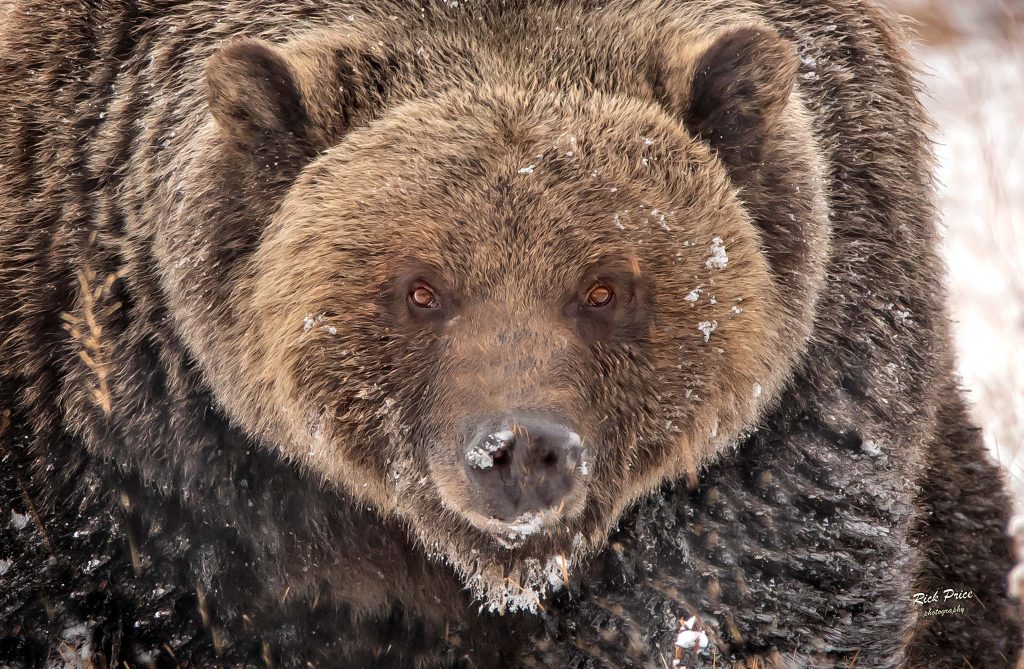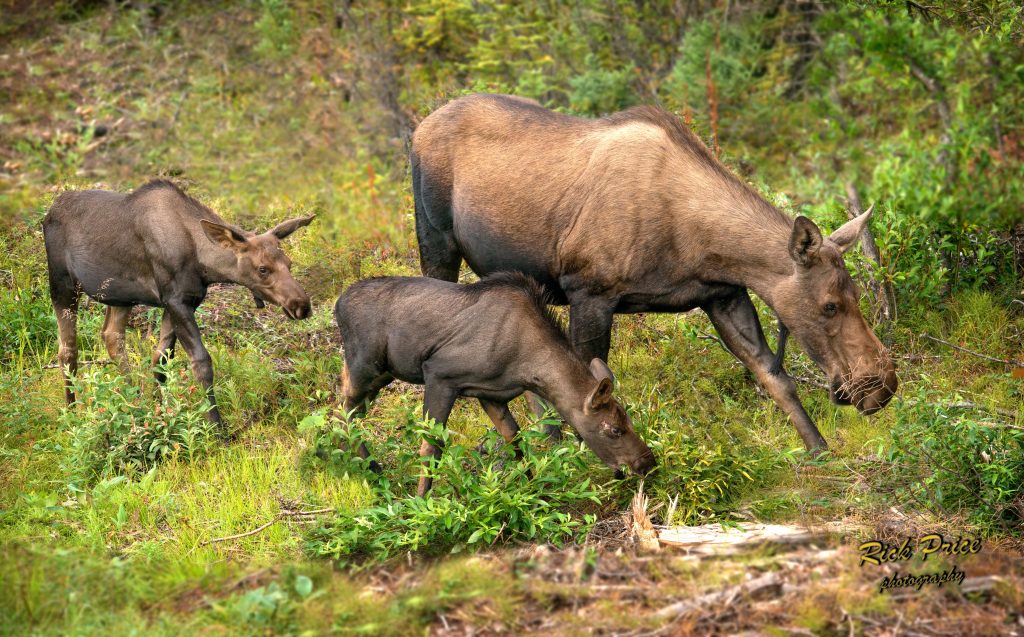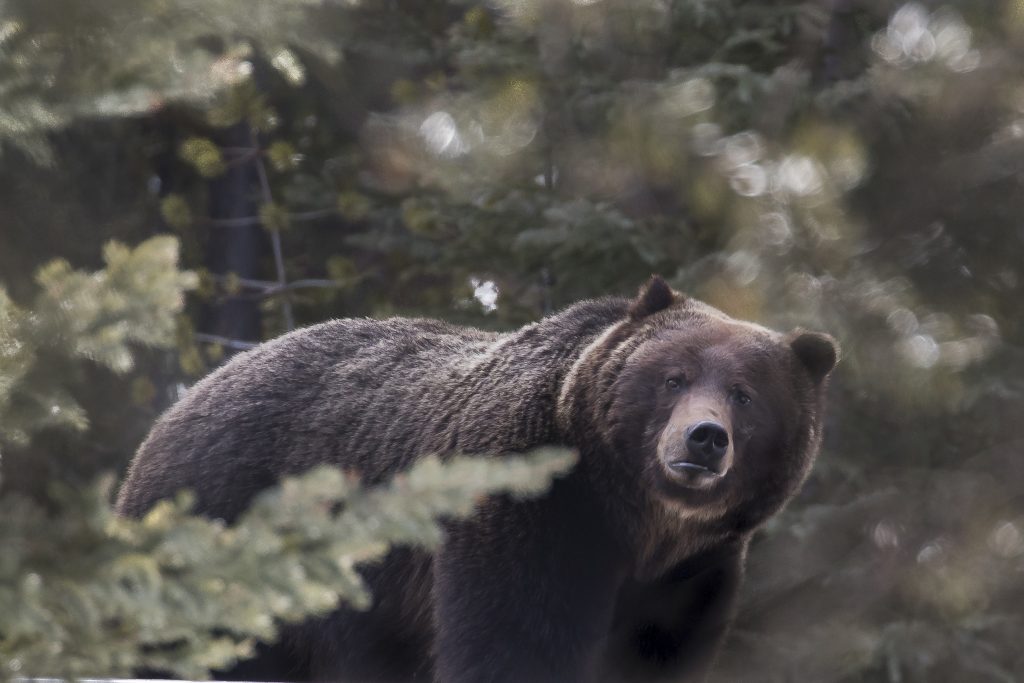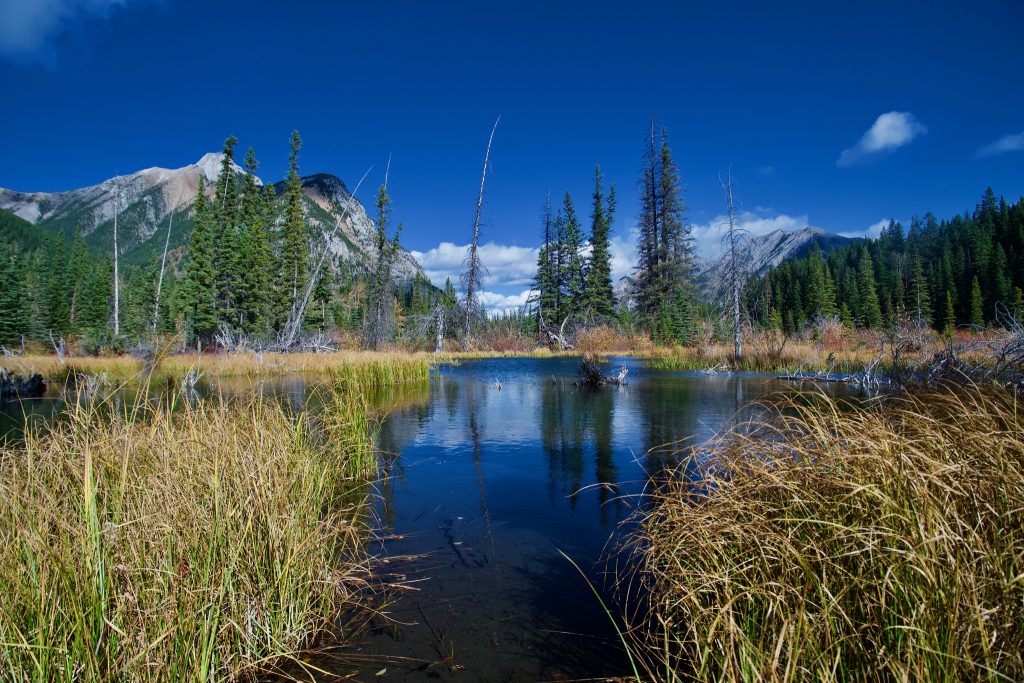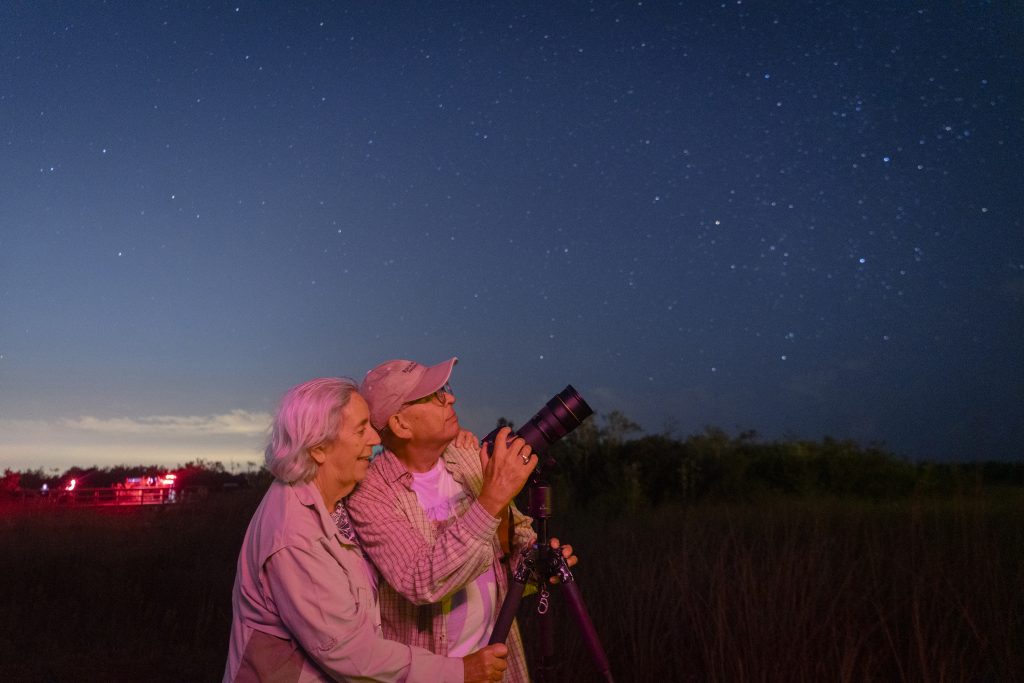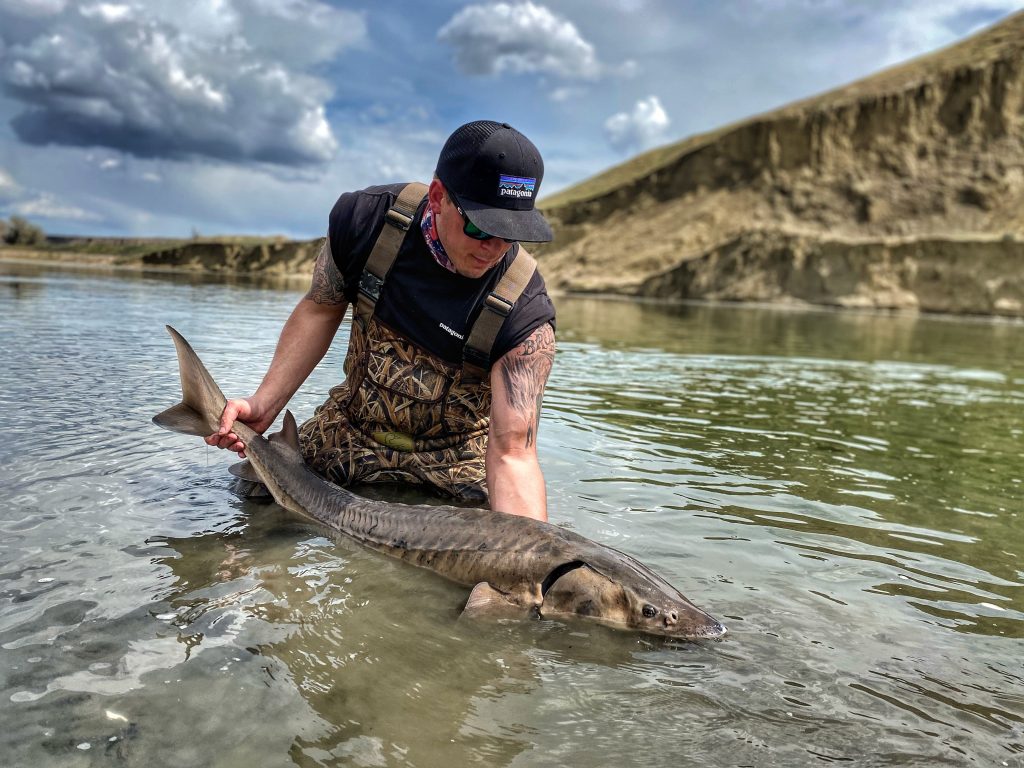Conservation
Peregrine Recovery: Management in the New Millennium
BY GORDON COURT
Soaring success! Read the inspiring story of the peregrine falcon’s return to its historic range in Alberta.
Read MoreGrizzlies in the Crosshairs: Unpacking the Decision to Reinstate the Grizzly Hunt
BY RICHARD SCHNEIDER
The decision to reinstate a grizzly bear hunt is deeply concerning from a conservation
perspective. We look at the history of grizzly declines and recovery planning in Alberta
and examine the confounding reasons behind this questionable policy change.
Death by a Thousand Invasive Cuts: Slowing the Spread of Plant Invasions in Alberta
BY MEGAN EVANS
Attack of the Zombie Weed! This is no Hollywood horror—it’s the onslaught of invasive plants facing the province right now. Find out what you can do to slow the spread… while you still can!
Read MoreAlberta’s Fish and Wildlife Management: Headed Backwards to Dark Times?
BY LORNE FITCH
Science-based stewardship of fish and wildlife is being systematically undermined by political interests, and Lorne Fitch isn’t going to be quiet about it.
Read MoreAlberta’s Grizzlies Aren’t Out of the Woods
Delve into the decline and conservation of grizzly bears in Alberta, as well as the province’s recent controversial decision to hunting this Threatened species.
Read MoreGrizzly Hunt
Nature Alberta opposes the changes to the Wildlife Regulation Act and the introduction of a Grizzly Bear hunt. We encourage individuals to voice their concern.
Read MoreConserving Kananaskis
Battling Lethal Bacteria in Wild Bighorn Sheep
BY MARK BOYCE
Bighorn sheep face conservation challenges when it comes to the spread of disease.
Read MoreDefending the Dark Sky
BY GLEN HVENEGAARD
Dark skies are under threat by light pollution, but public interest may be the thing that flips the switch.
Read MoreLake Sturgeon – From the Depths of Time
BY LORNE FITCH
Learn about the fascinating history of lake sturgeon and the conservation efforts to protect them.
Read More